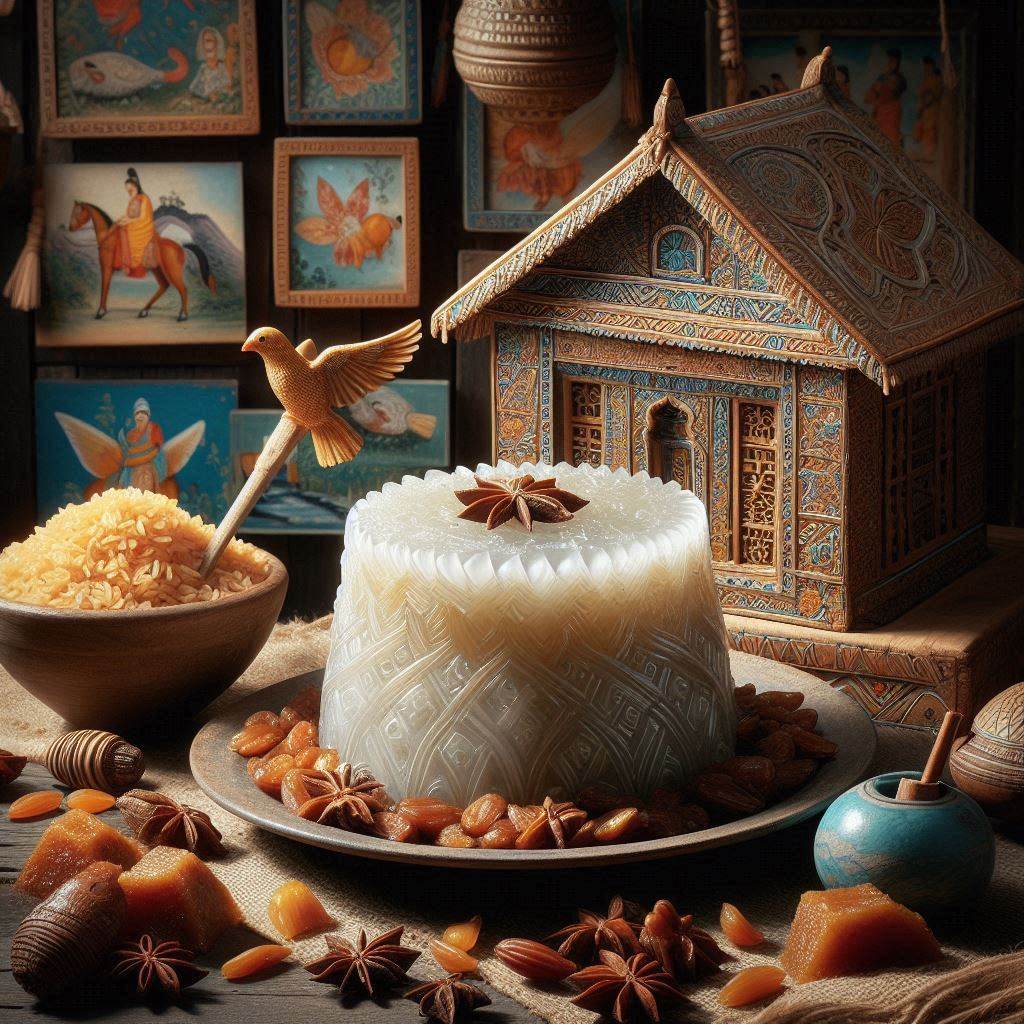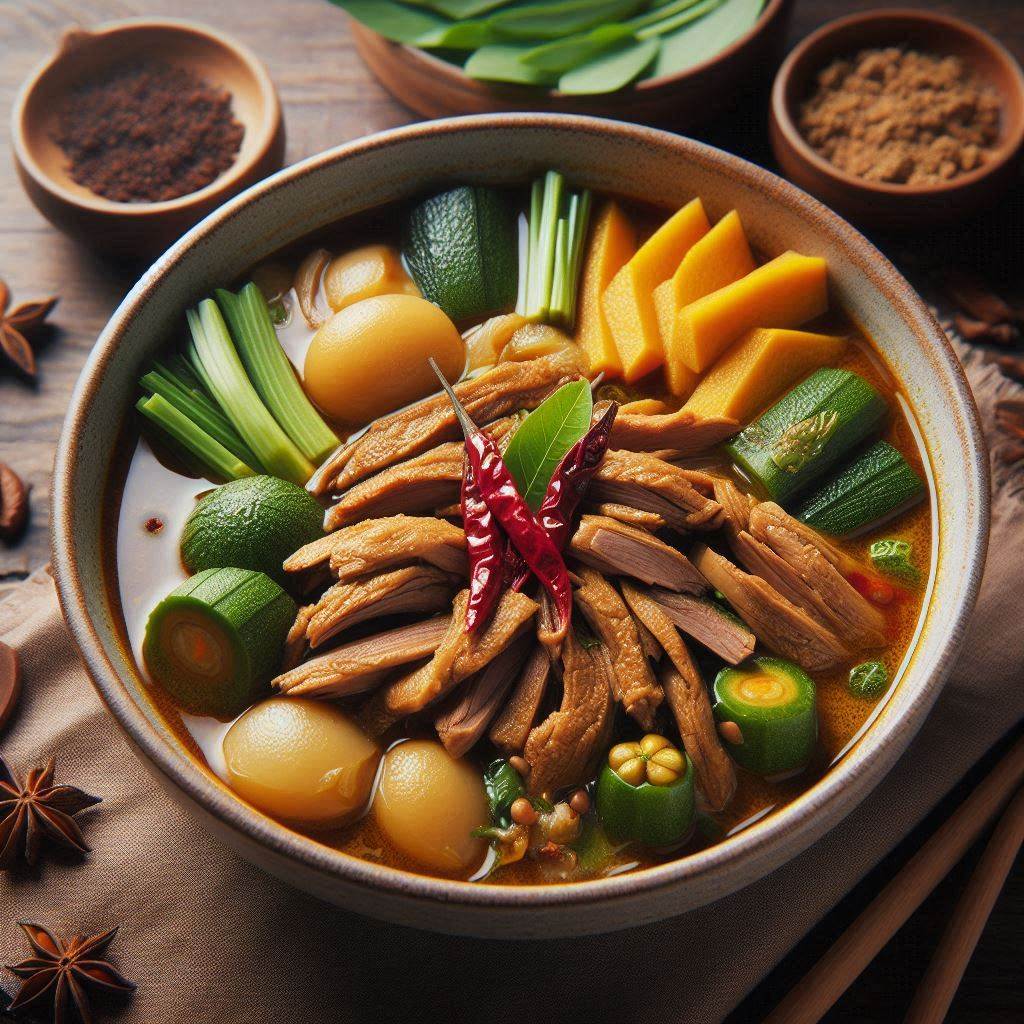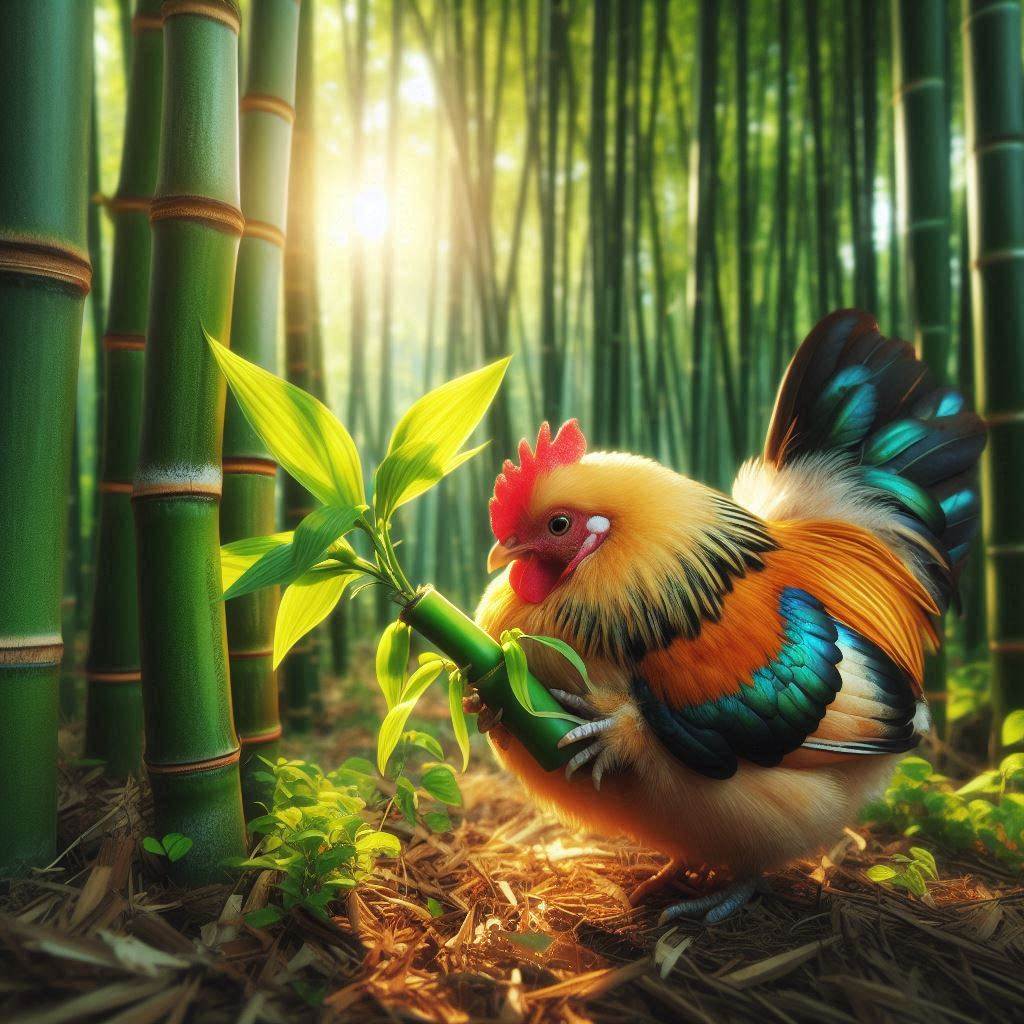The traditional Assamese rice cake, called Pitha, holds a special place in the hearts and homes of the people of Assam. Often
prepared during festivals and special occasions like Bihu, this delicious rice cake represents a rich blend of culture, tradition
and flavour. There are many varieties of Assam Pitha, each with its own unique texture and filling, but all stem from the art of
using glutinous rice as the main ingredient.
In this blog, we will explore the different types of Pitha from Assam, how they are made, their cultural significance and why they
continue to be a treasured part of Assamese cuisine.
What is Pitha?
Pitha is a rice cake made primarily from glutinous rice (known as Bora Saul in Assamese) and is a staple food in Assamese
households, especially during the festival of Bihu. The process of making pitha involves shaping the rice dough, filling it with
sweet or savoury ingredients, and then steaming, frying or baking the cake to perfection.
Some popular variations of Pitha include:
- Til Pitha (with a sesame filling)
- Ghila Pitha (a fried version)
- Tekeli Pitha (steamed in a traditional earthenware pot)
- Narikol Pitha (coconut-filled)
Each variety has its own unique preparation method and flavor profile, making Pitha a versatile treat enjoyed by all.
Cultural Significance of Pitha in Assam
In Assam, pitha is more than just a dish: it is a symbol of tradition and community bonding. During Bihu, one of Assam’s most
important festivals, the preparation and sharing of pitha is a common practice that brings families and neighbours together.
Preparing pitha is often a group activity, with family members kneading rice dough, preparing the fillings and baking the cakes
in batches.
The tradition of making pitha has been passed down from generation to generation, ensuring that this simple yet delicious dish
remains an essential part of Assamese cultural heritage. Pitha also plays an important role in Assamese weddings, where it is often
served to guests as a sign of goodwill and celebration.
Different Types of Assamese Pitha
Assamese Pitha comes in various forms, each with a distinct taste and cooking method. Here are some of the most popular types:
1. Til Pitha
Til Pitha is one of the most popular varieties of Pitha. Made from glutinous rice and topped with toasted black sesame seeds and jaggery, these cylindrical rice cakes are usually roasted or pan-fried. Their crispy exterior and sweet filling make them a favorite during Magh Bihu (the harvest festival).
2. Ghila Pitha
This version is fried, which makes it crispy on the outside and soft and chewy on the inside. Ghila Pitha is made by mixing rice flour with a little jaggery and water to form a dough. Small pieces of dough are fried until golden brown. These cupcakes are perfect for a snack or a festive treat.
3. Tekeli Pitha
Tekeli Pitha is a steamed version of Pitha and is known for its soft and delicate texture. It’s usually filled with sweetened coconut or jaggery and then steamed in an earthen pot, known as a tekeli. The steaming process gives the Pitha a unique flavor and a
melt-in-your-mouth texture.
4. Narikol Pitha
As the name suggests, Narikol Pitha is filled with grated coconut mixed with palm sugar. The combination of sticky rice and sweet
coconut filling makes this Pitha a popular choice for dessert. Narikol Pitha can be steamed or fried depending on the variation.
5. Sunga Pitha
Sunga Pitha is a traditional Assamese rice cake that is steamed inside bamboo tubes. Sticky rice is filled into hollow bamboo tubes and cooked over an open fire. The result is a subtly smoky, flavorful rice cake that is often served with jaggery or fresh cream.
How to Make Til Pitha: A Simple Recipe
While there are many types of Pitha, Til Pitha is one of the most iconic. Here’s a simple recipe to try at home:
Ingredients:
- Sticky rice (Bora Saul) – 2 cups
- Black sesame seeds – 1 cup
- Jaggery – ½ cup
- Water – as needed
Instructions:
- Prepare the Sticky Rice: Soak the sticky rice for 4-5 hours. Drain and grind it into a fine powder. This powder will form the base of the Pitha.
- Roast the Sesame Seeds: In a pan, dry roast the sesame seeds until they release a nutty aroma. Let them cool.
- Make the Filling: Grind the roasted sesame seeds and mix with grated jaggery to create the sweet filling for the Pitha.
- Shape the Pitha: Take some of the ground sticky rice powder and form a flat, thin layer. Place the sesame-jaggery filling in the center and roll it into a cylindrical shape.
- Cook the Pitha: Heat a flat pan or tawa and roast the Pitha rolls until they are crispy on the outside and the filling is warm and soft.
- Serve: Til Pitha is best enjoyed warm with a cup of tea or as a festive treat during Bihu.
Health Benefits of Sticky Rice Pitha
While Pitha is often enjoyed as a festive treat, it also offers several health benefits:
- High in Energy: Sticky rice is rich in carbohydrates, making Pitha a good source of energy, especially during festivals or physically demanding tasks.
- Rich in Antioxidants: Sesame seeds are packed with antioxidants and essential nutrients like calcium, iron, and magnesium, making Til Pitha a nutritious snack.
- Low in Fat: Most types of Pitha are either steamed or lightly roasted, making them a low-fat alternative to deep-fried snacks.
- Gluten-Free: Sticky rice, the main ingredient in Pitha, is naturally gluten-free, making it suitable for those with gluten intolerance.
Why You Should Try Assam’s Sticky Rice Cake Delight
Pitha Rice Cake is not just a delicious dessert or snack, but also a gateway to the rich cultural heritage of Assam. Whether it is the crunchy texture of Til Pitha or the moist, steaming softness of Tekeli Pitha, there is a type of pitha for everyone to enjoy. Preparing and sharing pitha is a time-honored tradition that brings families and communities together, especially during festivals like Bihu.
If you are looking for a unique, delicious and healthy dish that reflects the deep cultural roots of Assam, pitha is a must-try. The combination of sticky rice and natural spices like sesame, jaggery and coconut makes for a delicious experience for both the palate and the soul.
Check more :- Blog



